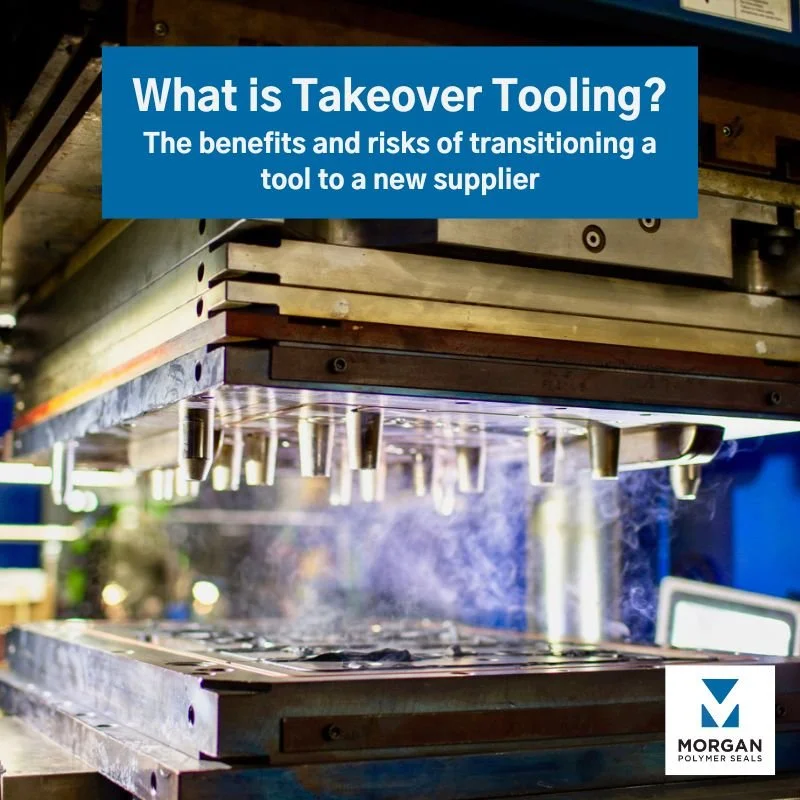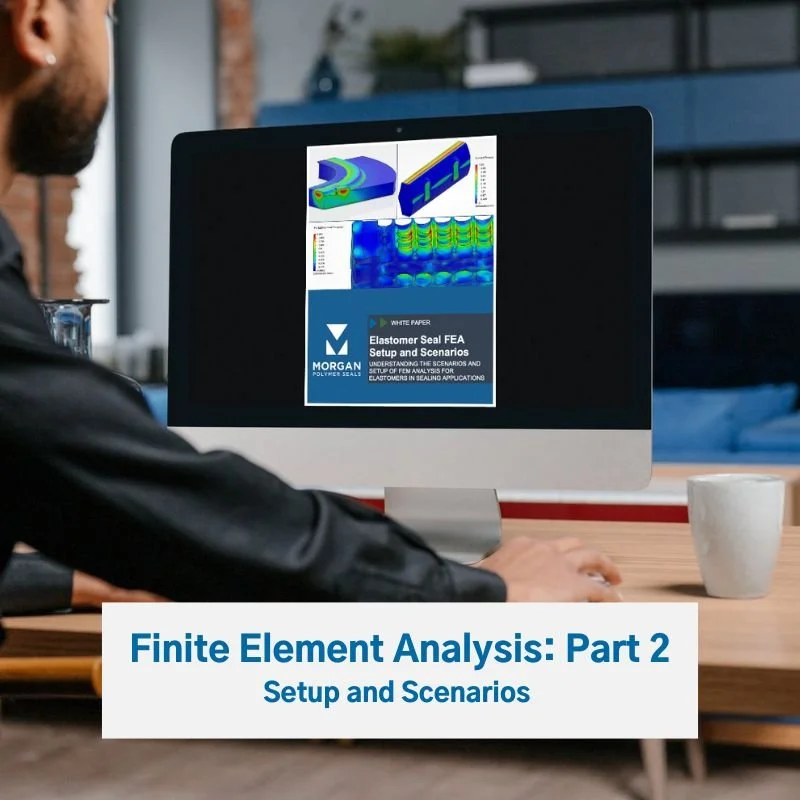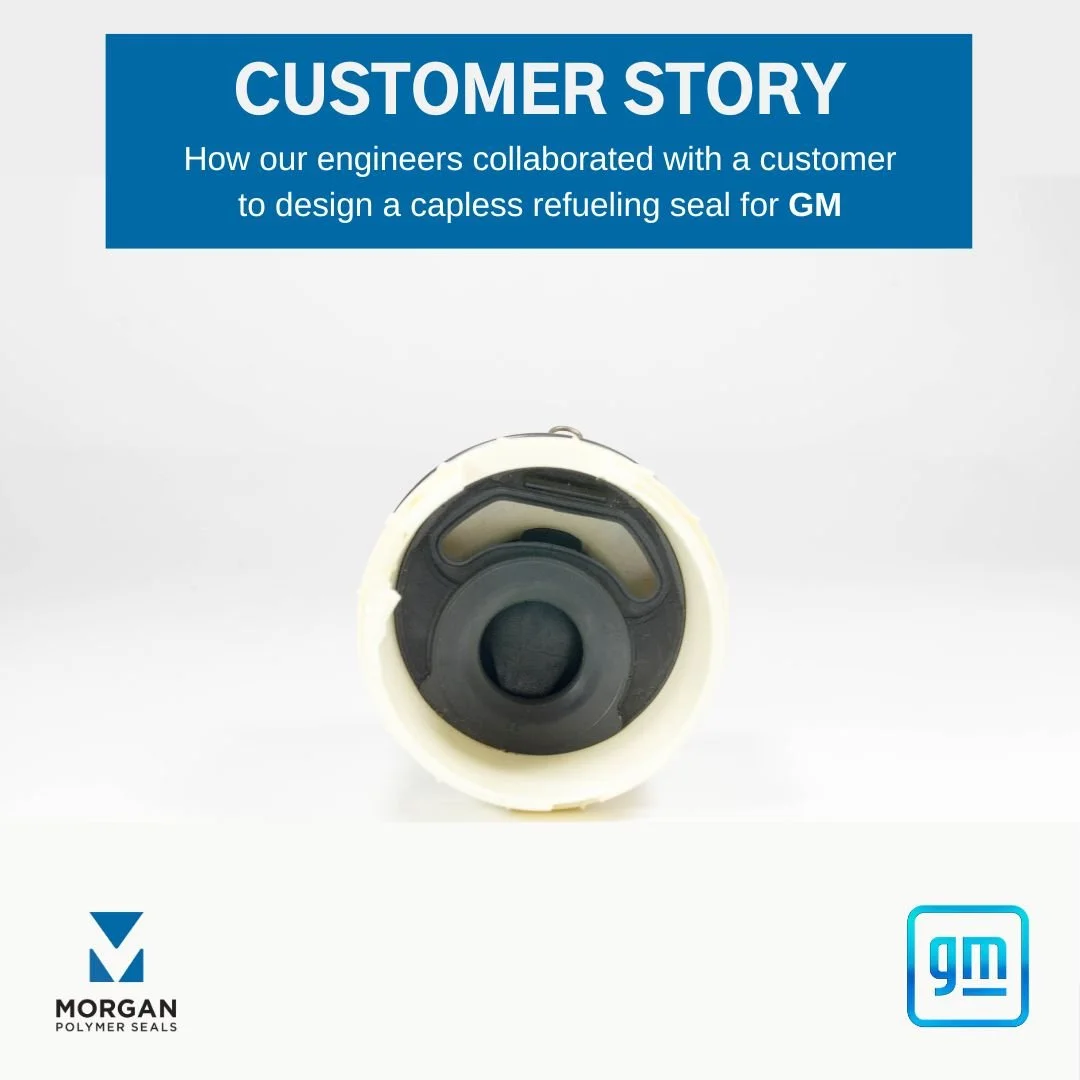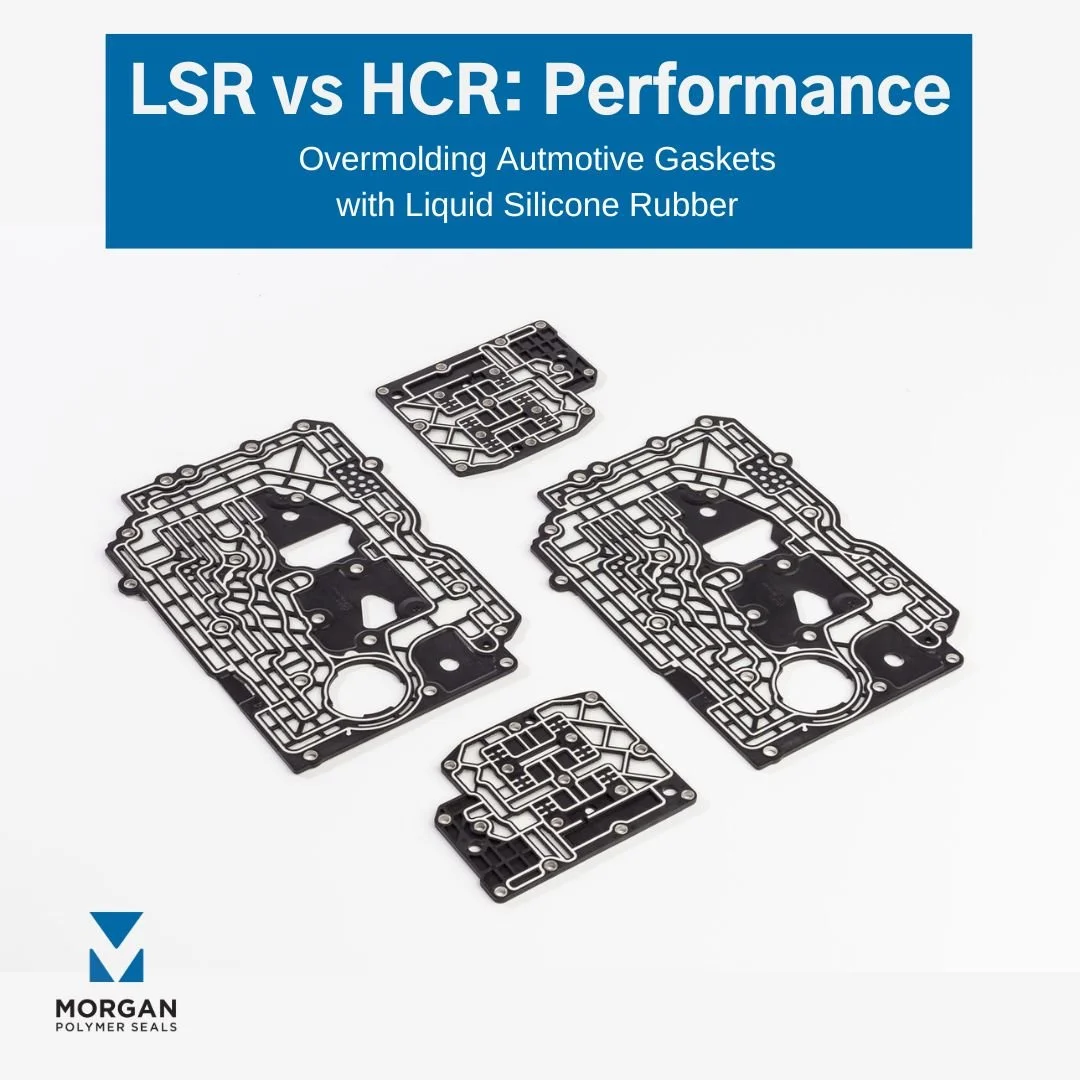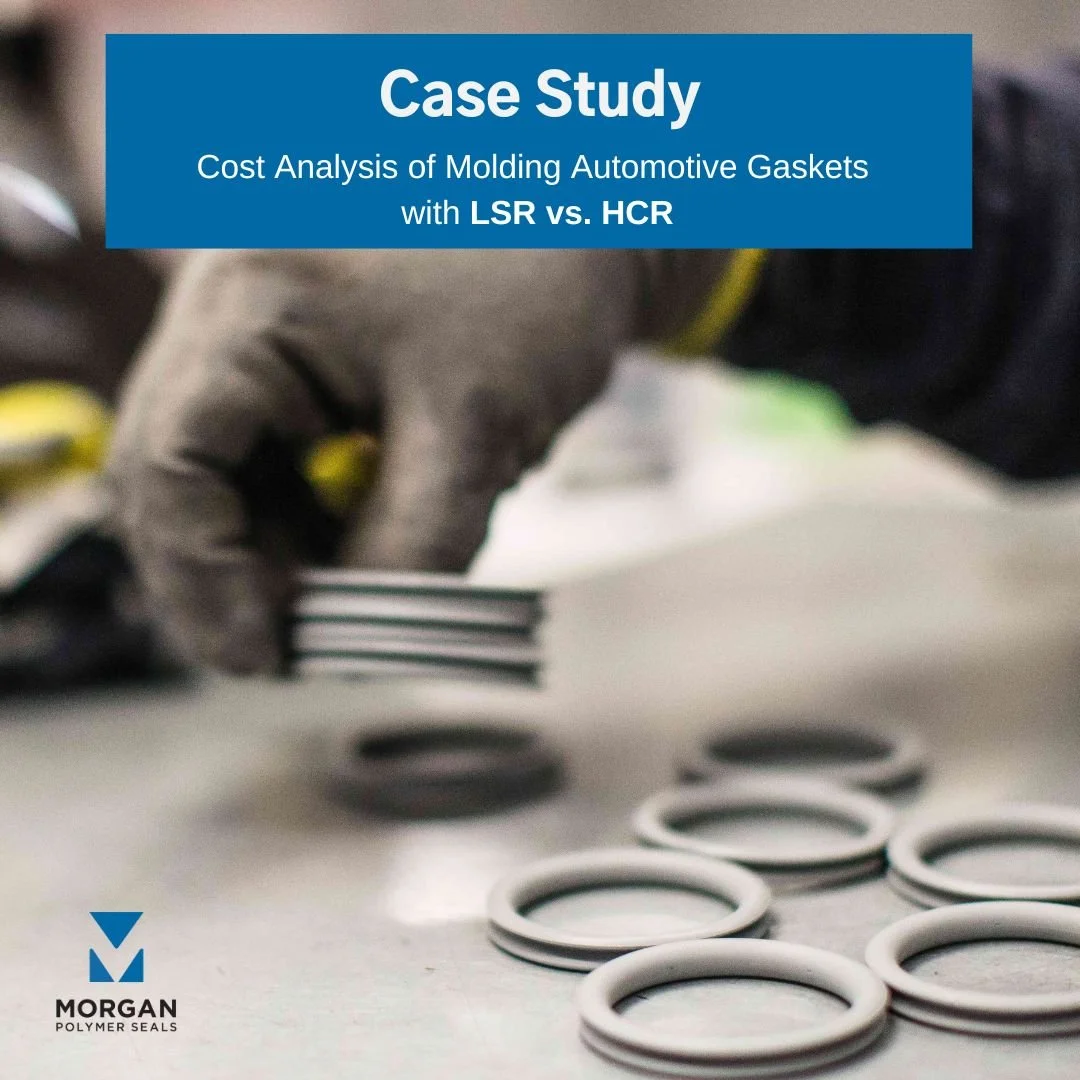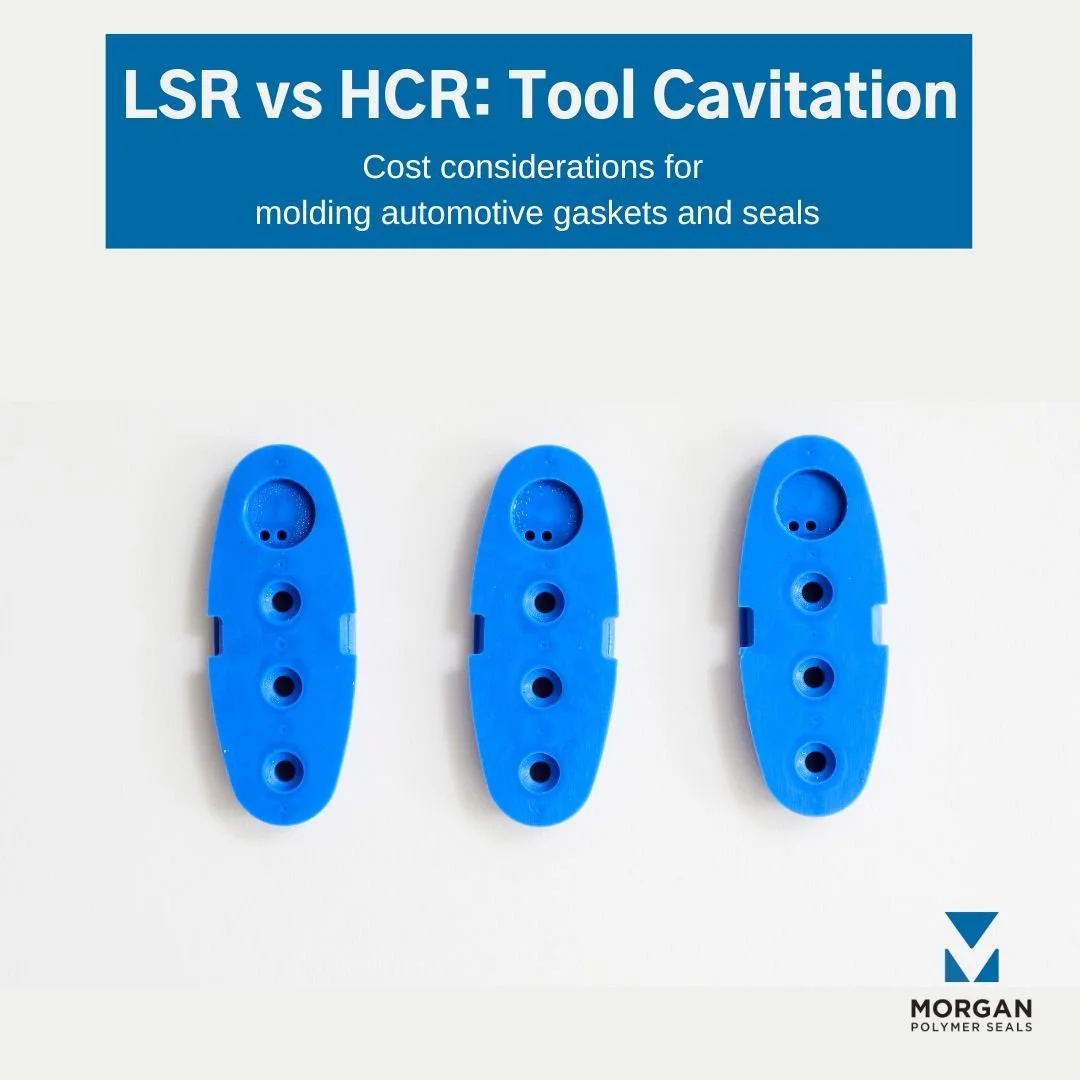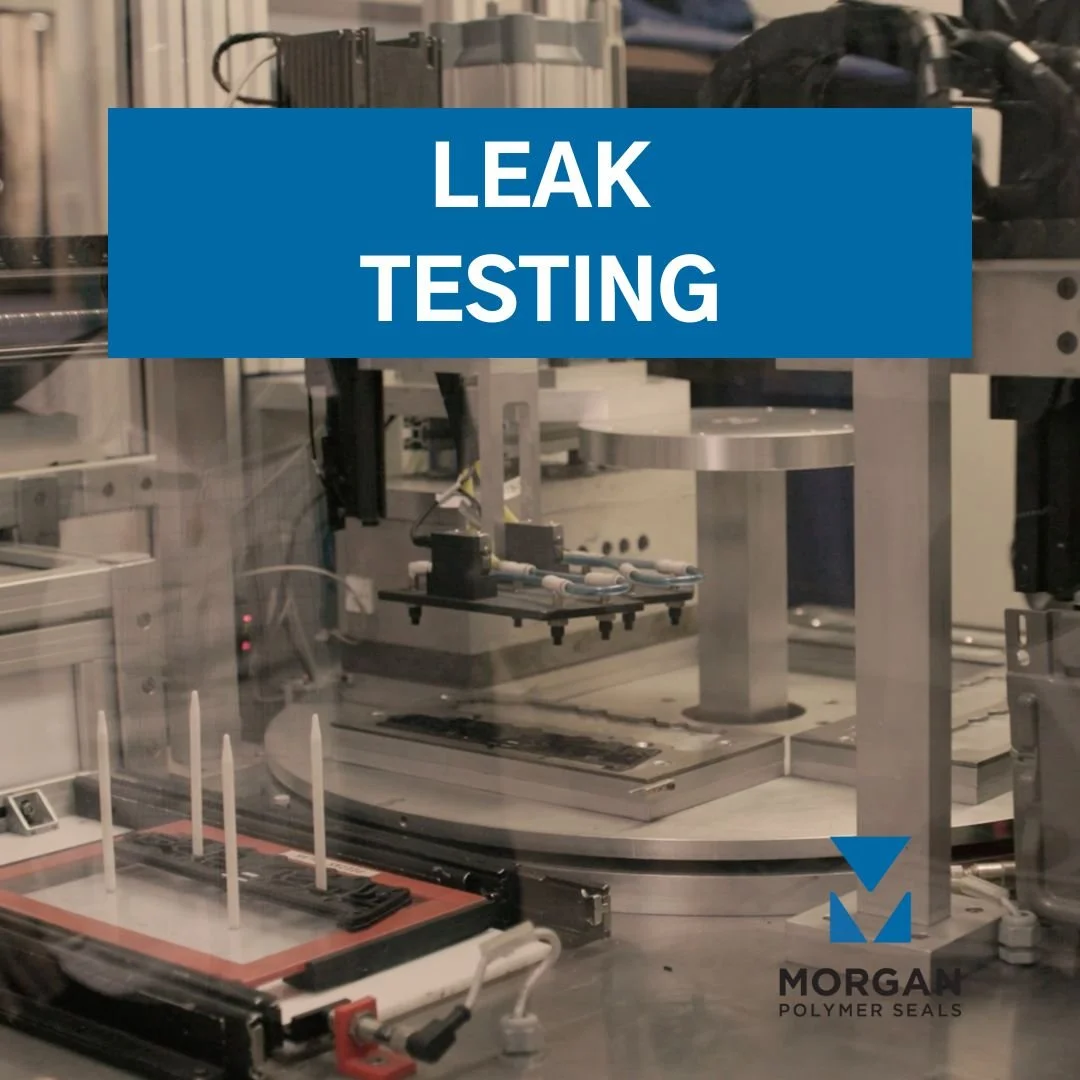Congratulations to our Quality Engineer, Ana Paulina Galaz, featured in this year’s class of Rubber News “Women Breaking The Mold”.
Read MoreWhat makes wasteless transfer molding a specialized process?
Read MoreElringKlinger has awarded Morgan Polymer Seals “supplier of the year” for components in 2023.
Read MoreWhat is “takeover tooling”, and could your supply chain benefit from it?
Read MoreOur customers often ask us to collaborate with their engineers on a seal’s design to support quality manufacturing for automotive OEMs.
While some seals may appear simple, designing an effective seal is a complex process that involves considering numerous factors—particularly when it comes to rubber seals.
Read MorePart 3 of our FEA white paper focuses on interpreting the results of Finite Element Analysis for elastomer seals.
Read MorePart 2: The white paper focuses on the proper setup and scenarios for performing Finite Element Analysis (FEA) on elastomer seals.
Read MorePart 1: This white paper explores the importance of understanding material properties when performing Finite Element Analysis (FEA) on elastomer seals.
Read MoreWe recently faced a unique challenge when Vitesco asked us to produce T76 filter plates for automotive transmissions. These plates are crucial components, and Vitesco needed them to be entirely defect-free. However, the plates' black-on-black design made it difficult to spot defects using traditional inspection methods.
Read MoreThis project tackled key challenges in automotive design, including emissions reduction, cold weather performance, and maintaining the vehicle's design integrity.
Read MoreFor manufacturing overmolded automotive gaskets and seals, Liquid Silicone Rubber (LSR) is generally preferred over High Consistency Rubber (HCR). LSR’s optimal performance for overmolding is based on several key factors.
Read MoreFor molding automotive gaskets, both LSR and HCR both have distinct processing characteristics that influence production costs. Let’s look at some scenarios to illustrate how we might choose the ideal material for manufacturing various electrical connectors in Mexico.
Read MoreLSR (Liquid Silicone Rubber) tools typically have fewer cavities and higher upfront costs compared to tools for HCR (High Consistency Rubber), but what are the other considerations for this process versus compression molding?
Read MoreLiquid Silicone Rubber (LSR) generally has faster cycle times in molding processes than High-Consistency Rubber (HCR), but that doesn’t always make LSR the preferred choice for molding automotive gaskets and seals. In this article, we explore why LSR cycle times are typically faster, and how faster cycle times can help reduce manufacturing costs for some automotive programs.
Read MoreOvermolding is a specialized manufacturing process that results in a seamless combination of multiple materials into a single part. Some overmolded seals use a physical bond, while others require a chemical bond. For overmolded seals that require a chemical bond, specialized adhesive coatings are often used due to several key reasons.
Read MoreIn addition to Silicone (VMQ), two materials commonly employed for molding electrical connectors are Liquid Silicone Rubber (LSR) and Heat Cured Rubber (HCR). This article explores the notable qualities of LSR and HCR and their respective uses in automotive gasket manufacturing.
Read MoreAt Morgan Polymer Seals, we perform two critical types of leak testing to help support quality manufacturing for our automotive OEMs: Pressure Decay Testing and Destructive Testing. Here’s a description of both methods, followed by a video that shows leak testing at our manufacturing sites in Mexico.
Read MoreCompression transfer molding and compression molding are related processes, but they are not the same. However, compression transfer molding can be considered a variation of compression molding with some key differences. Let's clarify the distinctions between these two processes, and watch a video that shows our compression transfer molding process in action.
Read More



